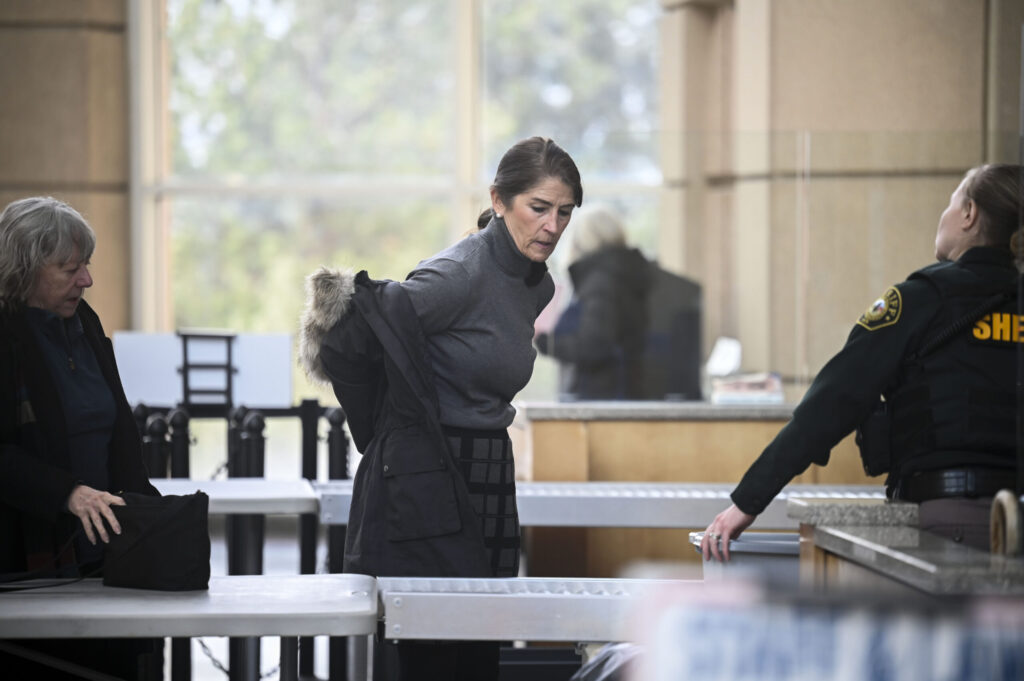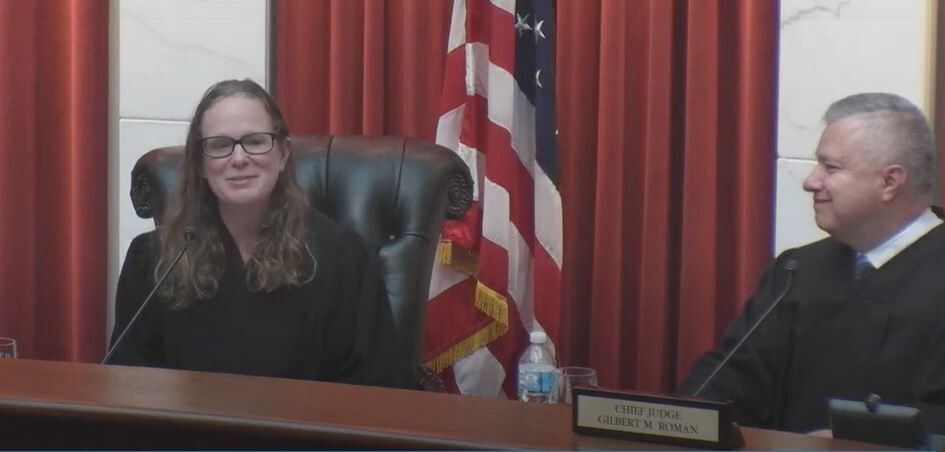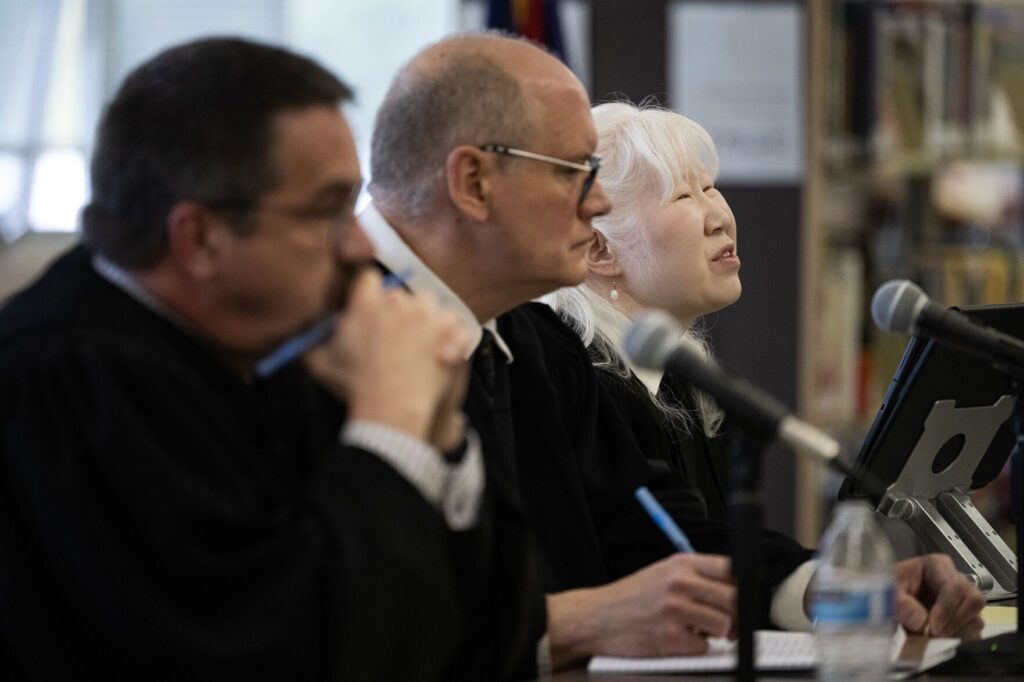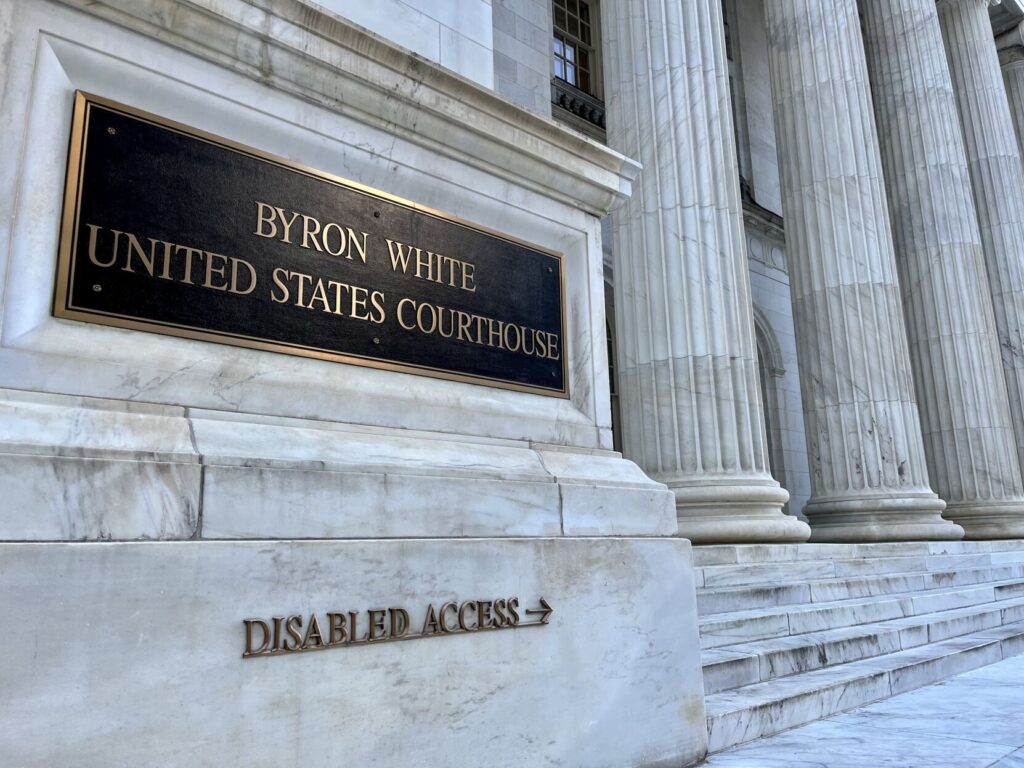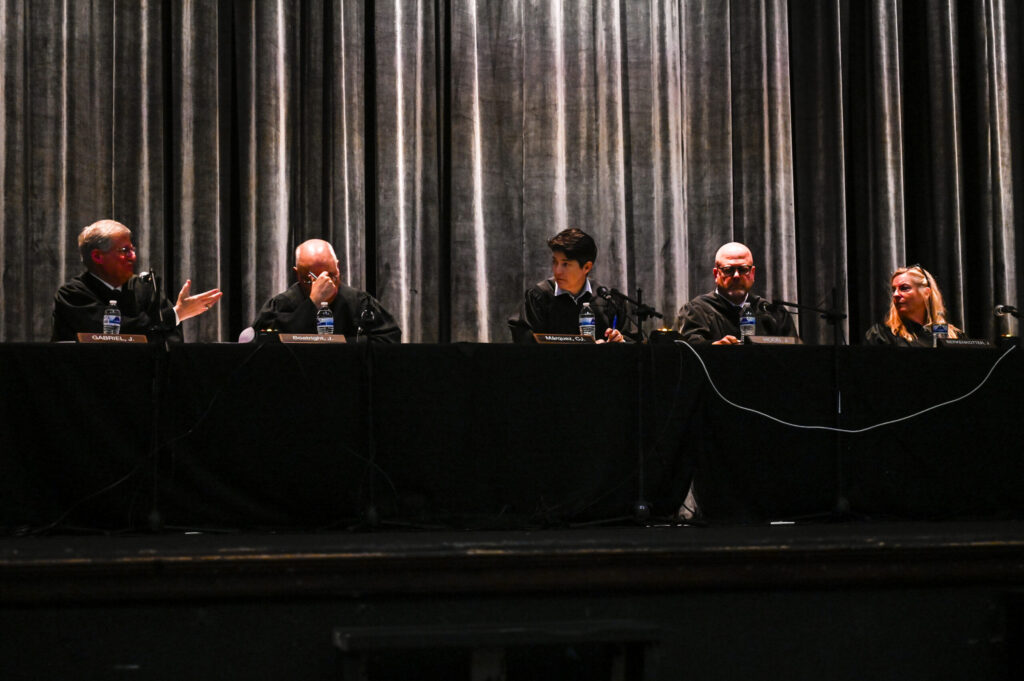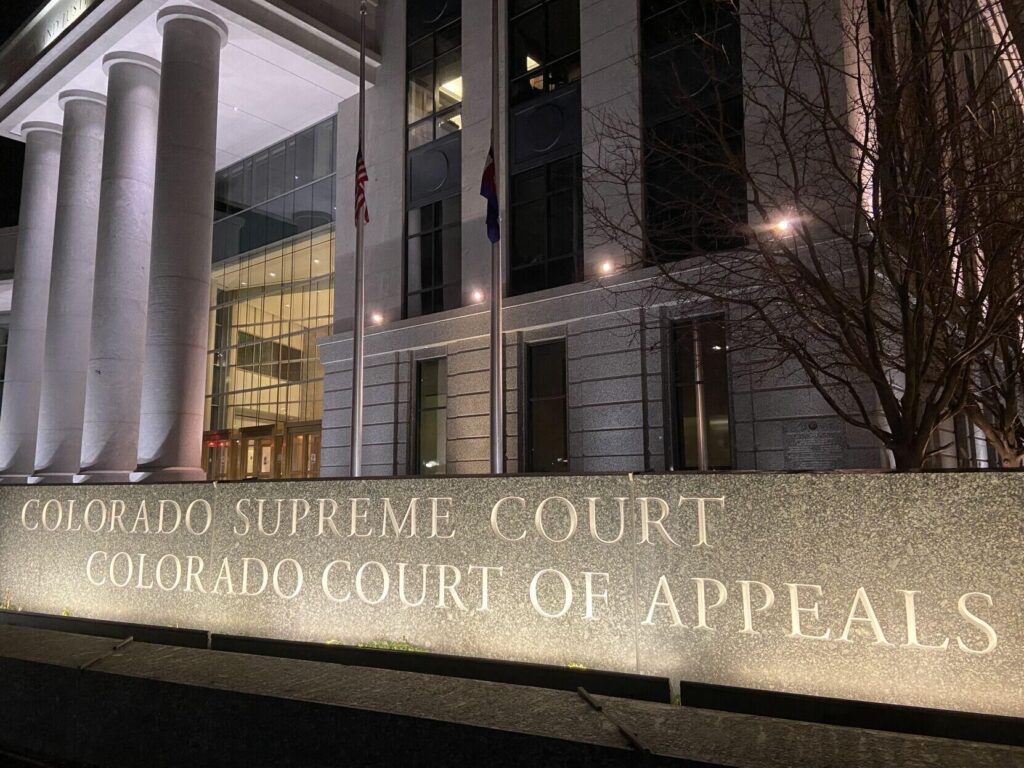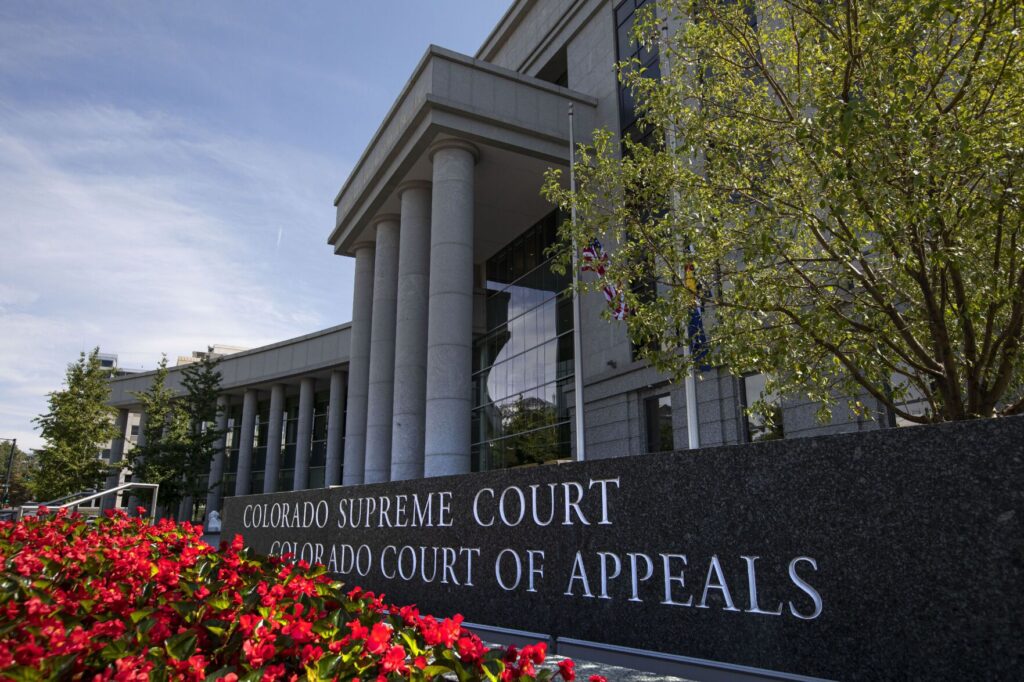Pueblo County judge wrongly incarcerated man awaiting sanity evaluation, Supreme Court rules
A Pueblo County judge incorrectly believed he had to put a defendant in jail until medical professionals could evaluate the man’s sanity, the Colorado Supreme Court concluded last week in ordering the release of Mario Arellano from incarceration.
In November, Arellano drove his car into the food court of the Pueblo Mall and claimed he had planted bombs. He stands accused of several counts of attempted murder, assault and related charges. The arresting officer’s affidavit alleged Arellano communicated during his interrogation that he was hearing voices, having hallucinations, had not slept in days and “says a lot of things that he doesn’t mean when he is not taking his medication.”
Arellano posted bond in January and complied with his conditions until April 24, when he appeared in court to enter a plea of not guilty by reason of insanity. Over the defense’s objection, District Court Judge Amiel Markenson ordered Arellano “committed to the Pueblo County jail” for a sanity evaluation until at least Sept. 2 and possibly beyond.
Markenson believed he had no discretion to allow Arellano to be evaluated out of custody, as Colorado law required him to “forthwith commit the defendant” to a mental hospital, the place where Arellano was in custody or “such other public institution designated by the court.“
“Nowhere in this statute does it say anything about a defendant being out of custody,” Markenson wrote in a follow-up order. “The Court agrees it does not have to mean jail in all situations. However, pursuant to statute (it) can include jail.”

The main entrance to the Colorado Mental Health Institute in Pueblo.
Arellano appealed to the Supreme Court, arguing other trial judges routinely allow defendants to undergo sanity evaluations out of custody. His attorneys contended Markenson had not “committed” Arellano to a mental health facility, but rather “incarcerated” him in jail, where he was allegedly deteriorating.
“Furthermore, if the purpose of the evaluation is to assess a person, then putting them in abnormal conditions — such as a jail — would certainly not serve the purpose of observation of their characteristics,” Arellano’s public defenders wrote. “While the trial court claims to have not revoked Mr. Arellano’s bond, the reality is Mr. Arellano will sit in jail until some indefinite time in the future.”
The Colorado Attorney General’s Office defended Markenson’s interpretation of the law, arguing it imposed an “examine-in-custody requirement.”
Incorrect, the Supreme Court responded.
Markenson “seemed to treat the term ‘commit’ as necessitating confinement in custody pending forensic evaluation,” the court wrote in an unsigned June 20 order. “While the statutory scheme is hardly a model of clarity, this court concludes that ‘commit’ as used in the foregoing statutes does not mean ‘jail or imprison.'”
The justices clarified Arellano cannot be incarcerated solely to facilitate the sanity evaluation if Markenson has not otherwise revoked his bond. Although a mental health facility may require Arellano to remain there for observation when the time comes for his sanity evaluation, the court ordered Markenson to release him from jail.
The case is People v. Arellano.



